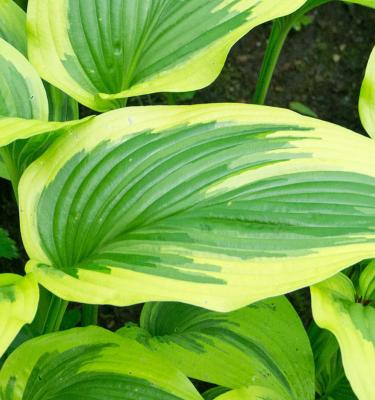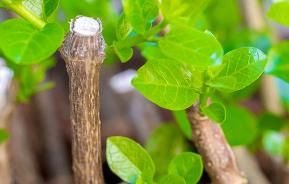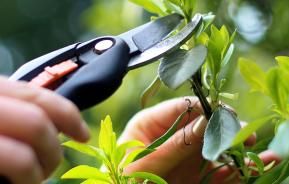You can easily propagate herbaceous perennials by dividing them. Simply lift the plant, cut it into smaller sections and re-plant in well-prepared soil. This is not only a method of propagation, but it is also a great way of rejuvenating tired and worn out plants that are not performing well, keeping them young and vigorous.
The best time to divide most perennials is in autumn or early spring or, for some, immediately after flowering.
Fibrous roots
Many herbaceous perennials produce fibrous roots, which are very easy to divide into sections. As they grow, they produce the newest, strongest growth around the edge. The older centre becomes woody, less vigorous and, as a result, is usually best discarded.
Carefully lift the plant with a garden fork or, for smaller plants, a hand fork.
Break off strong, healthy sections from the edge of the plant, or carefully prize them away with a hand fork. Very large plants may have to be divided with a pair of back-to-back garden forks or even cut into sections with a spade.
Replant immediately in well-prepared soil, making the sure they are replanted at the same depth as the plant was originally growing.
Water thoroughly to settle the soil around the roots and again during hot weather for the first few months at least.
Fleshy root
Some perennials, including Astilbe, Hosta and Kniphofia (red hot poker), produce fleshy roots that are not easy to pull apart. The best time to divide these is towards the end of their dormant period when their buds begin to shoot and you can easily see the most suitable sections.
Carefully lift the whole plant with a garden fork and then cut it into sections with a sharp knife. Make sure each division has at least one, well-developed bud, but two, three or more are preferable.








